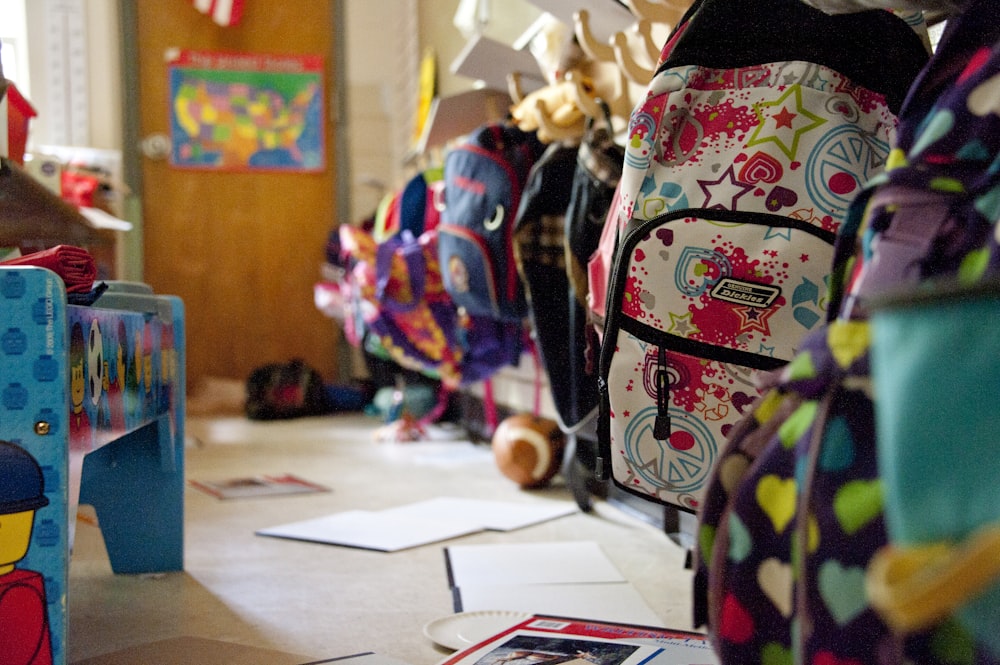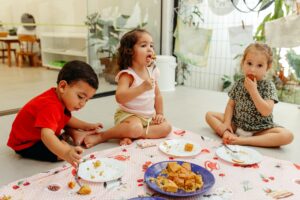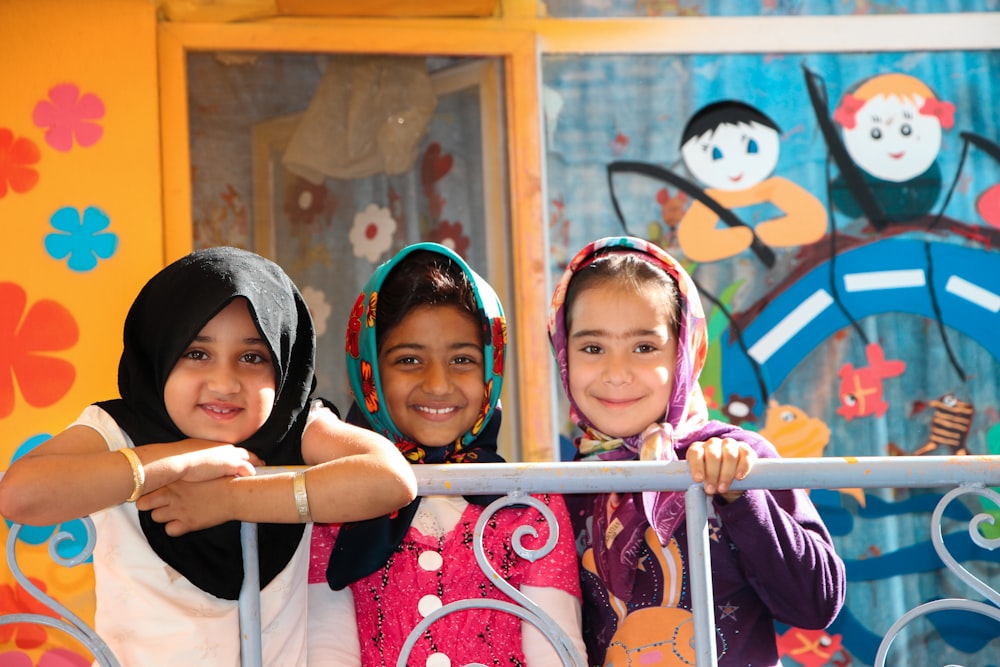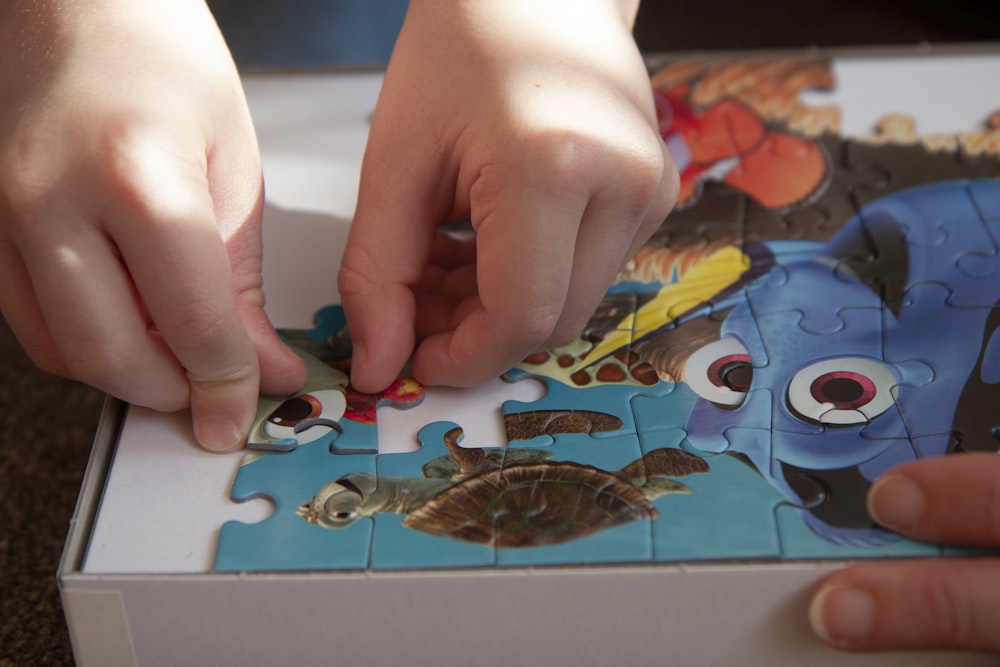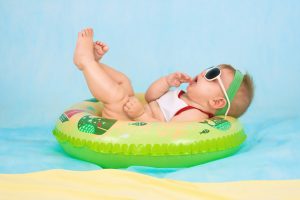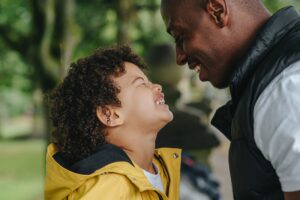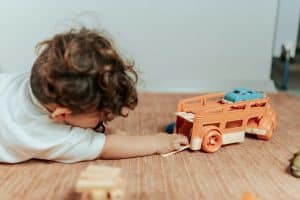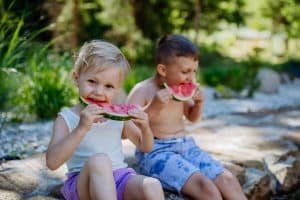Kindergarten readiness is a popular phrase these days. We see it in blogs like this one, hear it from preschool and elementary teachers, and perhaps even discuss it with other parents. But what does it mean to be “ready for kindergarten?”
Kindergarten has changed a lot in the last 20-40 years. When I went, approximately 35 years ago, only about 30% of public and private kindergartners were full-day. Today it’s over 80%. And most kids in the mid-80s didn’t attend preschool of any sort unless both their parents worked. According to 2018 data, approximately 67.9% of children in the U.S. whose parents work attend preschool, and 52.4% of children who live in a household without both parents or guardians working.
So what’s changed? First, our perception and understanding of the importance of early childhood education. Second, more and more children come from homes with two working adults, driving up the need for quality childcare programs and full-day Kindergarten. To read more about how Kindergarten has changed over the past twenty years, read this 2021 report by the National P-3 Center and the Education Commission of the States.
While I applaud the notice the early childhood community has received as being important, I am wary of pushing academics too often and too early with young learners. Children learn best through play; a quality preschool or kindergarten program will promote play-based learning over test scores and checklists. So, with all that out of the way, what do kindergarten teachers say kids need to be ready? We’ve got the answers below!
Physical Skills that Demonstrate Kindergarten Readiness
There are a handful of physical skills your child should be adept at before entering Kindergarten. These skills will assist them in the level of independence kindergarten requires and ensure they can participate in classroom activities and lessons.
- Hold a pencil with a 3-finger grip (but the grip may be too high or too low)
- Draw straight lines and recognizable images
- Pedal a tricycle
- Use scissors
- Manipulate small items with their fingers and hands (LEGOS, peel stickers, math counters, etc.)
- Hop on one foot and balance on one foot for a few seconds
- Run, skip, and gallop
- Button and zipper clothing, get dressed (mostly) independently
- Use utensils and open packaged food items sent for lunch
Kindergarten Readiness Language and Literacy Skills
Kindergarten readiness literacy and language skills your child needs are probably less involved than you may think. They include letter recognition, knowing how to use a book (but not necessarily reading), and the ability to communicate their needs and wants. Most children entering Kindergarten will be able to recognize and name all letters and their sounds, but it’s not a necessity. Your child can practice letter skills with one of our ABC Games!
- Recognize most or all upper-case letters of the alphabet (15-20)
- Recognize most or all lower-case letters of the alphabet
- Recognize and create rhymes and recite familiar nursery rhymes
- Recognize their name when written and recognize all the letters in their name out of context
- Able to write their first name (with most letters being accurately written)
- Recognize and produce most or all letter sounds
- Hold books correctly
- Re-tell familiar stories
- Follow 2-3-step directions
- Engage in conversations of 3-4 exchanges and understand how conversations work (one person speaks at a time)
Social-Emotional Skills that Demonstrate Kindergarten Readiness
Social-emotional skills are the most critical skills indicating kindergarten readiness. Children who aren’t emotionally stable and socially confident cannot learn effectively. This doesn’t mean your five-year-old needs to be vying for the most popular kid on the block. Still, they should be able to play and interact with other kids and have a reasonably good grasp on their emotions and how to handle them appropriately for a five-year-old, i.e., not biting, having regular tantrums, or having anger control issues.
- Interact with peers, play in small groups
- Has begun forming friendships
- Share toys (most of the time)
- Understands empathy
- Use their words (not hands or biting) to solve social problems
- Able to express themselves when they are upset and explain why
- Usually able to handle strong emotions appropriately
- Able to separate from parents or guardians easily
- Can delay gratification (wait their turn, stand in line, raise their hand instead of blurting out)
- Can pay attention to a short story time or circle activity
- Self-care
- Use the bathroom independently (occasional accidents are normal).
- Get dressed
- Wash hands
Cognitive and Math Skills that Demonstrate Kindergarten Readiness
Kindergarten readiness cognitive and math skills include problem-solving, critical thinking, shapes, color recognition, and numerals. Kids entering Kindergarten should be able to recognize and count from 1 to 20 with the occasional error, have simple problem-solving skills, and know their basic shapes and colors. You can use KneeBouncer games and connect what children learn to hands-on play!
- Able to recognize and count from 1 to 10 and count to 20 but may skip a number or two
- Can recognize numerically a small set of objects instantly ( two or three items)
- Able to solve simple problems (how to fix a block tower that falls, navigate around something in their path, etc.)
- Able to complete simple puzzles
- Names and recognizes basic shapes (square, circle, triangle, star, etc.)
- Names and recognizes standard colors (red, blue, green, yellow, etc.)
- Recognizes signs and logos from familiar stores, restaurants, stop signs, and exit signs
August 4, 2023, by L. Elizabeth Forry

